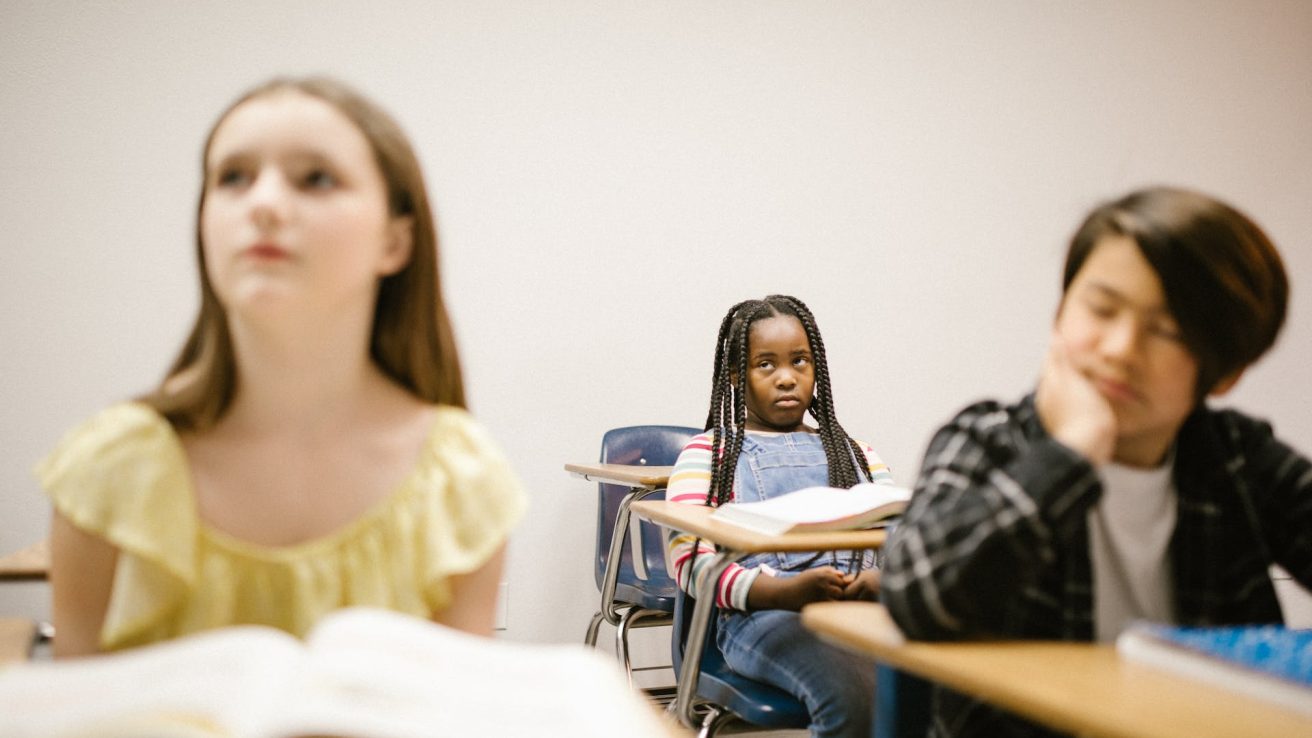Children from marginalized groups less likely to receive screening, more likely to be referred for failed screening, less likely to establish care with a specialist
Gaps in access to childhood vision screening and vision care are prevalent among historically marginalized racial and ethnic groups and socioeconomically vulnerable families, according to a research letter published online Jan. 25 in JAMA Ophthalmology.
Isdin Oke, M.D., from Boston Children’s Hospital, and colleagues sought to identify gaps in the vision screening pathways for U.S. children. The analysis included data from 30,173 school-aged children (aged 6 to <18 years) participating in the 2021 National Survey of Children’s Health.
The researchers found that 61 percent of participants reported receiving vision screening within the last two years. Among those receiving screening, 30 percent were referred for an eye examination. The vast majority of those referred (92 percent) reported establishing care with a specialist. Children identifying as Hispanic, Asian, or Black and those residing in low-income households or with a non-English primary household language were less likely to receive screening, more likely to be referred for an eye examination, and less likely to establish care with a specialist. Similarly, adolescents, children without health insurance, and children with caregivers with less than high school education were less likely to receive screening and more likely to be referred for an eye examination.
“The current approach to vision screening in the United States may not adequately provide care to all children,” the authors write.
Abstract/Full Text (subscription or payment may be required)










